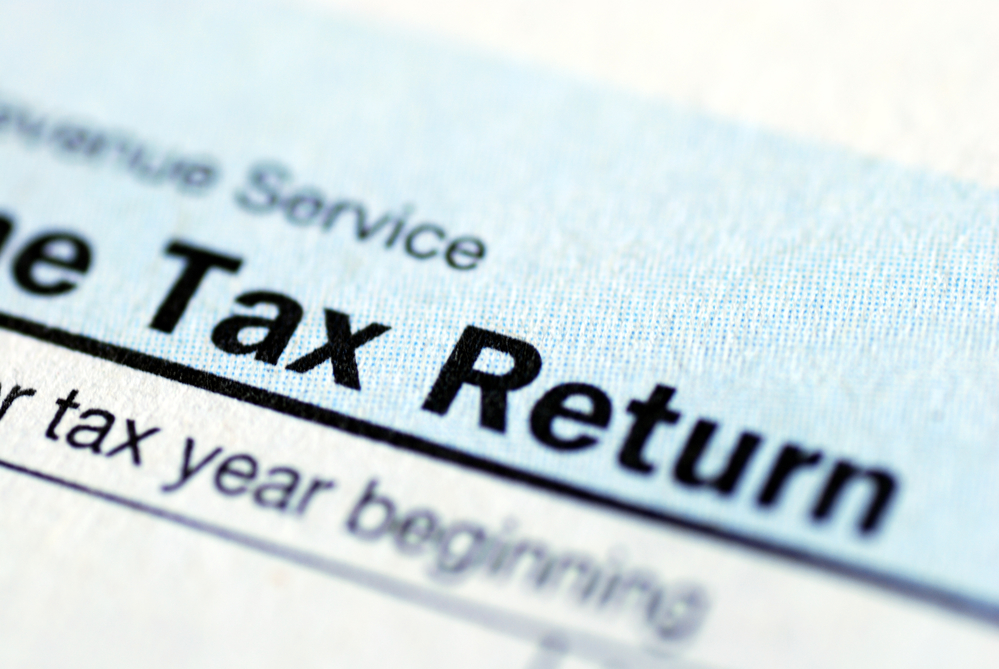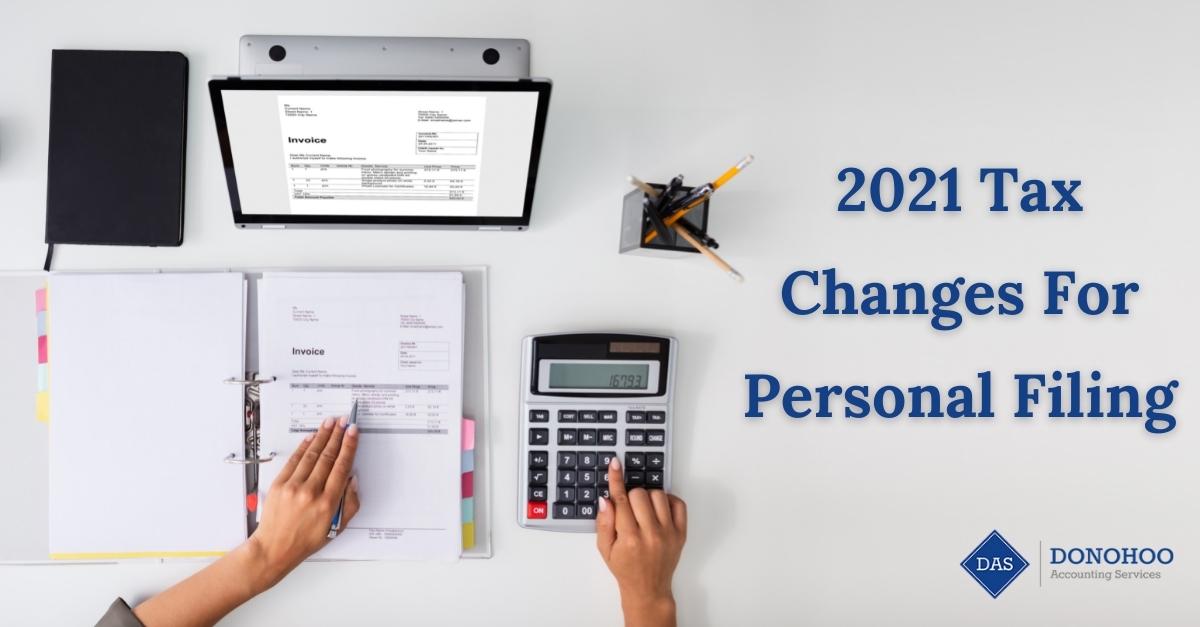What Are Some Potential Tax Implications of a Trump Presidency?
After a long and very divided election cycle, Donald J. Trump is officially the President Elect of the United States. Because there’s still some time before he officially takes office, people from all walks of life have questions about what his term is going to mean for them personally and the United States as a whole.
Since tax services are our area of expertise, we want to contribute to this conversation by looking at the impact Trump’s presidency may have on the taxes of Americans:
The President and Taxes
During the election process, Trump talked about taxes a lot. But before we get into any of those specifics, it’s important to note that the Constitution of the United States does not allow the President to change tax rates or set tax policy. Instead, those are actions that must be approved by Congress. And even though Republicans in the House and Senate now have control of both bodies of Congress, that doesn’t automatically mean they’ll see eye to eye with the 45th President.
4 Trump Tax Proposals
The first notable proposal that has come from Trump is reducing the current seven income tax brackets to three. As part of this proposal, the standard deduction amount would be more than doubled for both single and joint filers. Itemized deductions would be capped at $100k for single filers and $200k for joint filings. This plan would also eliminate personal exemptions, the alternative minimum tax and head-of-household filing status.
Another notable proposal has to do with child care. This would take the form of adding a deduction for child care equal to the state average cost of child care for children under age thirteen. This deduction would be available for up to four children, including those with stay-at-home parents or grandparents. The proposal also includes a spending rebate on remaining child care expenses for low-income parents, allowing annual tax-deductible contributions into Dependent Care Savings Accounts and a deduction for the cost of elder care.
The two other proposals we want to touch on both have to do with repealing existing policies. The first is repealing the estate tax. Capital gains above $10 million held until death could be taxed, with family farms and small businesses being exempt. Trump has also proposed repealing the Affordable Care Act net investment income tax.
Although there will definitely be changes over the next few years, most of us will continue living our lives by getting up each day and working hard. If you’re a business owner and want to ensure that you maximize the benefits you’re able to reap from your hard work, learn more about why Donohoo Accounting Services truly understands the challenges faced by small business owners.








